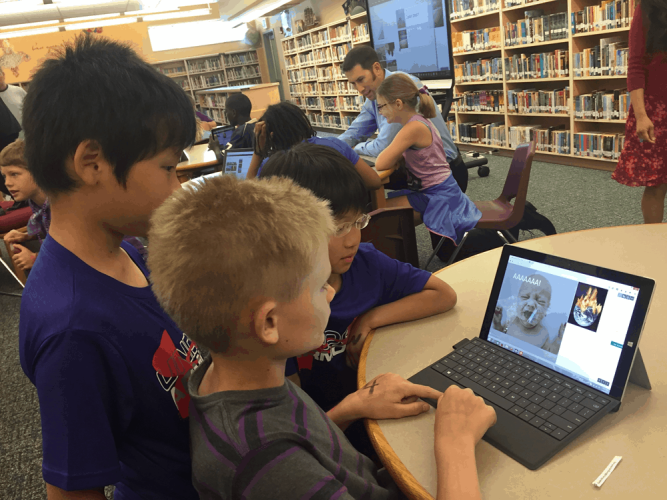King’s Schools uses Microsoft Sway to let students express themselves more easily
3 min. read
Published on
Read our disclosure page to find out how can you help Windows Report sustain the editorial team Read more

If you’ve been a part of the school system for the past decade or so, you’re painfully familiar with the routines of making a PowerPoint presentation. Looking for templates, working out the placement of your content, fussing with the particulars of design and all around having to roll your eyes at least once per project. While PowerPoint has made strides in the past few years, it still doesn’t quite hit the mark for many students and professors who are looking for a much different kind of presentation software.
In an attempt to cater to that search, Microsoft has been working more on its new Sway software, a presentation program that takes a much different approach than PowerPoint. One school system that has embraced Sway’s unique style of presentation is King’s Schools, a Seattle-based network of schools that teaches from preschool all the way up to High School. To give us a better idea of why the school decided to embrace Sway, King’s academic technology coordinator David Harcrow came to write up a post on the Office Blogs page.
David started teaching in 1998, just as the internet and technology were off to a slow start. It took years for him to finally get his hands on a projector for his classroom and when he did, he was able to open up his students to a whole new style of education, going online to find course materials, running class journals on Word and more. David was later picked up by King’s Schools and took it upon himself to bring the school into a more networked world using Live@Edu, which eventually became Office 365 Education.
When Sway came onto the scene, it looked like an excellent choice for David to embrace. In David’s words, the program “was a presentation tool that seemed to have it all: a small learning curve, the ability to share and edit with peers easily and quick setup with less attention to detail and more attention to content.” He found that students were no longer sweating the details about formatting, but were now focusing on making sure that they were filling their presentation to the brim with content, and learning about that content in the process.
Sway is a constantly evolving project that seems to have been successful so far. The fact that it’s getting attention from school systems already is a testament to its quality as a program and how willing to evolve these institutions are. Hopefully, this is just the start of good days ahead for Sway.








